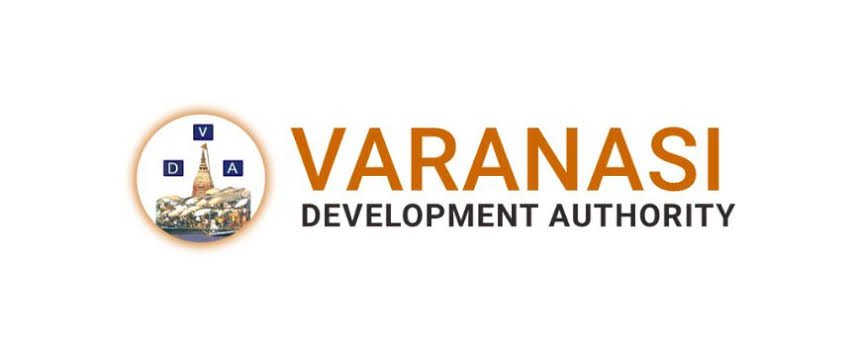Introduction
Varanasi, the spiritual and cultural capital of India, is experiencing rapid urban development, necessitating streamlined regulatory processes for construction approvals. The Varanasi Development Authority (VDA) plays a critical role in overseeing zoning regulations, approving construction projects, and ensuring orderly urban expansion. To enhance efficiency, transparency, and accountability, VDA Vice Chairman Pulkit Garg conducted a crucial review meeting with officials on Thursday. The primary focus of this meeting was to assess the number of approved maps and the revenue collected, identifying areas for improvement and recognizing outstanding officials for their contributions.
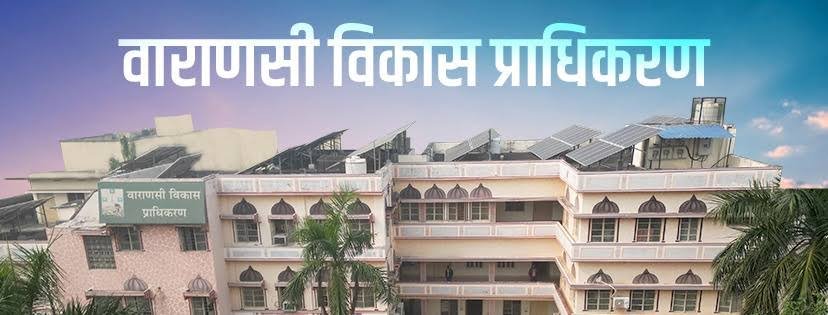
In a significant move to boost morale and encourage efficiency, the meeting saw the recognition of zonal officers who demonstrated exceptional performance in approving building maps and contributing to substantial revenue collection. Officers from Zone-1 and Zone-4 stood out for their diligence and efficiency and were awarded certificates of appreciation. This recognition aims to set a benchmark for other officials of VDA, fostering a more proactive approach to urban planning and development.
Recognition of Outstanding Zonal Officers
During the review meeting, Vice Chairman of VDA Pulkit Garg acknowledged the exceptional efforts of the following officials:
- Zone-1: Zonal Officer Shivaji Mishra, Junior Engineers Priya Agrahari and Vijay Singh
- Zone-4: Zonal Officer Sanjeev Kumar, Junior Engineers Adarsh Kumar Nirala and Sonu Kumar
These officials played a pivotal role in ensuring the swift approval of maps, which in turn contributed to the efficient regulation of construction projects. Their dedication not only streamlined the approval process but also enhanced the overall development trajectory of Varanasi.
Directives for Streamlining the Approval Process
To further enhance efficiency and transparency, the Vice Chairman issued several key directives aimed at expediting the approval process and eliminating unnecessary delays. The following measures were emphasized:
1. Swift Processing of Applications
Officials were instructed to process all map applications at the earliest opportunity. Upon receiving an application, the objective should be to approve it as quickly as possible, provided all necessary conditions are met. Any objections raised during the process must be resolved in one go to prevent unnecessary delays.
2. Regular Site Inspections
To ensure a thorough assessment of proposed construction projects, junior engineers are now required to conduct at least 2-3 site inspections per day. These inspections must be completed within a maximum timeframe of 10 days to prevent project backlogs and facilitate smooth approvals. Timely site inspections will help in reducing delays caused by pending verifications.
3. Reduction in NOC Requirements
The approval process often involves obtaining clearances from multiple departments, including the Municipal Corporation, Jal Kal (Waterworks), Fire Department, Land Acquisition, and Sealing Department. To streamline approvals, the requirement for these No Objection Certificates (NOCs) should be minimized wherever feasible, allowing for a more expedited process.
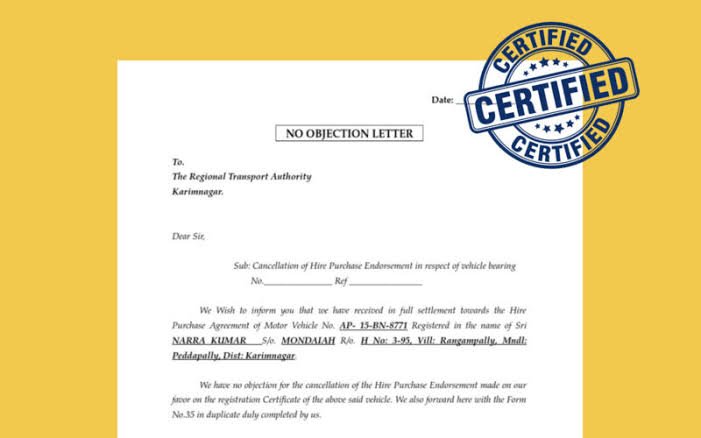
4. Elimination of Land Use Report Requirement
Previously, land use reports were required for every approval process, leading to additional delays. The Vice Chairman announced that the necessity for land use reports would be removed for most cases, simplifying and accelerating the overall approval timeline.
5. Integration of Google Earth for Land Use Verification
To enhance accuracy and reduce manual work, officials were encouraged to use Google Earth, color-coded zoning maps, and the Varanasi Master Plan for verifying land use data. This step will modernize the verification process, replacing outdated methods with advanced geospatial tools.
6. Incorporation of Google Maps in the Land Use Portal
The Vice Chairman suggested integrating Google Maps into the VDA’s land use portal, providing both officials and citizens with real-time access to land use data. This integration aims to improve transparency, allowing for better decision-making and easier access to essential information.
Breakdown of Approved Maps and Revenue Collection
A detailed analysis of approved maps and revenue collection across various zones was also presented during the review meeting. The data showcases the efficiency of each zone in facilitating construction projects:
- Zone 1: 22 maps approved, generating revenue of ₹2,44,99,488 (₹2.44 crore)
- Zone 2: 9 maps approved, generating revenue of ₹78,73,478 (₹78.73 lakh)
- Zone 3: 15 maps approved, generating revenue of ₹1,38,81,277 (₹1.38 crore)
- Zone 4: 22 maps approved, generating revenue of ₹1,20,21,341 (₹1.20 crore)
- Zone 5: 11 maps approved, generating revenue of ₹20,52,645 (₹20.52 lakh)
The total number of approved maps across all zones was 79, reflecting the authority’s commitment to facilitating development while maintaining regulatory oversight.
Impact of Efficient Approval Processes
The streamlined approval process has resulted in numerous benefits:
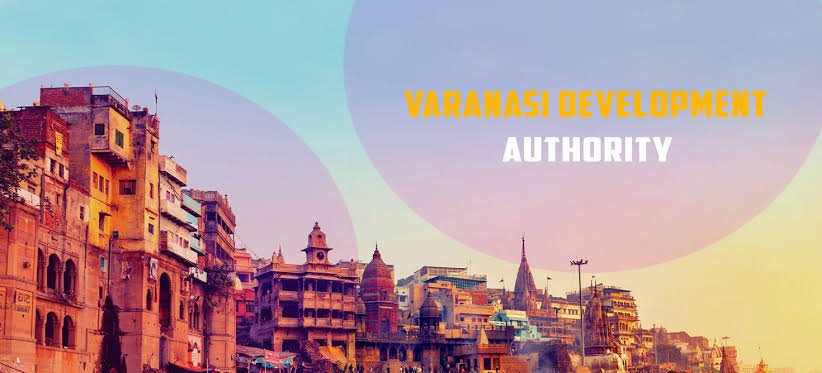
- Accelerated Urban Development: With quicker approvals, construction projects proceed without unnecessary delays, contributing to improved infrastructure.
- Enhanced Revenue Generation: The substantial revenue collected will be reinvested into public infrastructure and civic amenities.
- Greater Transparency and Accountability: A more efficient, technology-driven process minimizes bureaucratic hurdles and ensures fairer approvals.
- Reduced Processing Time: Eliminating redundant procedures leads to a faster approval mechanism, benefiting developers and stakeholders.
- Improved Public Services: A well-organized online portal allows citizens to access essential land use information conveniently.
Future Initiatives and Recommendations
To further improve the approval process and sustain urban growth, the following recommendations were discussed:
- Implementation of an Online Approval System: A fully digitized system would significantly reduce paperwork and enhance efficiency.
- Use of AI in Land Use Mapping: Artificial Intelligence-based systems could be introduced to analyze zoning regulations and detect inconsistencies in applications automatically.
- Public Awareness Campaigns: Educating citizens on the importance of securing proper approvals for construction.
- Regular Training for Officials: Conducting workshops for zonal officers to familiarize them with new technologies and policies.
- Collaboration with Urban Planning Experts: Seeking advice from industry experts to align Varanasi’s urban development with global best practices.
Conclusion
The review meeting led by Vice Chairman Pulkit Garg underscores the Varanasi Development Authority’s (VDA) commitment to improving governance, efficiency, and transparency in urban planning. By recognizing top-performing officials and implementing digital solutions, VDA is ensuring a more streamlined and progressive approach to city development.
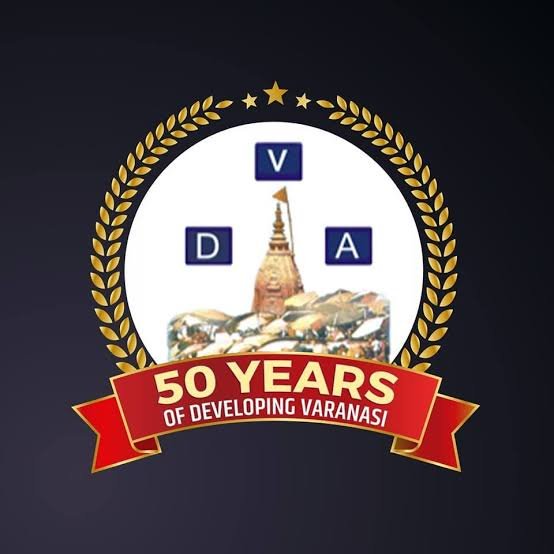
With continuous efforts to eliminate delays and integrate cutting-edge technologies, Varanasi is set for sustainable urban growth. These proactive steps will enhance the ease of doing business while improving the quality of life for residents. By fostering a robust urban infrastructure, the VDA is shaping the future of one of India’s most historically significant cities, ensuring a well-regulated and prosperous environment for generations to come.

